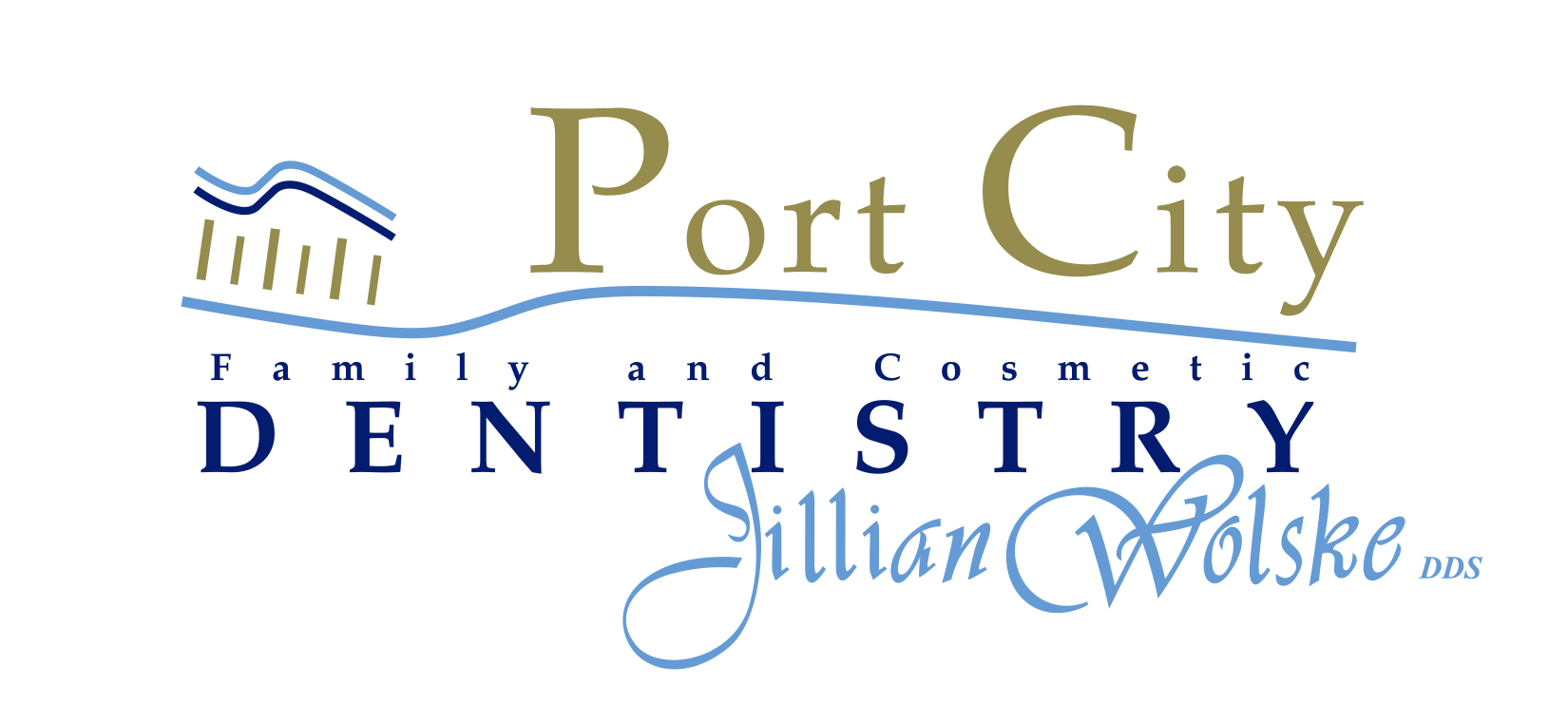Cosmetic dentistry has become increasingly popular over the past few decades, offering a variety of procedures to improve the appearance of teeth. One common concern is crooked teeth, which can impact both oral health and self-esteem. The question often arises: can cosmetic dentistry fix crooked teeth? The answer is yes, cosmetic dentistry can address and correct crooked teeth through various treatments, depending on the severity of the misalignment and the individual’s specific needs. For a specific discussion of your concerns please call our office at 910-251-8174.
Understanding Crooked Teeth
Crooked teeth, also known as malocclusion, can occur for several reasons including genetics, early loss of baby teeth, poor habits like thumb sucking, and trauma to the mouth. Crooked teeth are not just a cosmetic concern; they can also lead to other oral health issues such as difficulty in cleaning, leading to tooth decay and gum disease, speech difficulties, and abnormal wear on tooth enamel.
Traditional Orthodontics vs. Cosmetic Dentistry
Traditional orthodontics, which includes braces and clear aligners like Invisalign, is the most common method for straightening crooked teeth. However, cosmetic dentistry offers alternatives or complementary options that can improve the appearance of crooked teeth without the need for lengthy orthodontic treatment. Here are some cosmetic dentistry procedures that can help fix crooked teeth:
- Dental Veneers – Dental veneers are thin shells made of porcelain or composite resin that are custom-made to fit over the front surface of a tooth. Veneers can be used to correct mild to moderate crookedness, gaps, and other imperfections. The process involves removing a small amount of enamel from the tooth surface to ensure a snug fit for the veneer. Veneers offer a quick fix for crooked teeth, providing immediate improvement in appearance with results that can last for many years with proper care.
- Dental Bonding – Dental bonding involves applying a tooth-colored resin to the teeth and then hardening it with a special light. This process can correct minor imperfections such as small gaps, slight crookedness, and chips. Bonding is less expensive than veneers and can usually be completed in one visit. However, it is not as durable as veneers and may need to be replaced more frequently.
- Dental Crowns – Dental crowns are caps placed over the entire tooth to restore its shape, size, and appearance. Crowns can be used to correct more severe crookedness or damage. They provide a strong and long-lasting solution and can also be used to improve the alignment of the bite. The process of getting crowns involves removing a significant portion of the tooth structure, so it is typically reserved for cases where other treatments are not suitable.
- Contouring and Reshaping – Contouring and reshaping involve removing small amounts of enamel to change the shape, length, or surface of one or more teeth. This procedure can correct minor crookedness and overlapping. It is often combined with bonding for a more comprehensive solution. Contouring and reshaping are quick and painless procedures that can provide immediate results.
Clear Aligners: A Blend of Cosmetic and Orthodontic Treatment
Clear aligners, such as Invisalign, are a blend of cosmetic and orthodontic treatments. They involve a series of custom-made, clear plastic trays that gradually move teeth into the desired position. While they are primarily an orthodontic treatment, they are popular in cosmetic dentistry because they are virtually invisible and can be removed for eating and cleaning. Clear aligners are suitable for mild to moderate crookedness and are often used by adults who want a discreet way to straighten their teeth.
Factors to Consider
When considering cosmetic dentistry for fixing crooked teeth, several factors need to be taken into account:
- Severity of Crookedness: Cosmetic procedures like veneers and bonding are ideal for mild to moderate cases. Severe misalignment may require orthodontic treatment.
- Oral Health: Before undergoing any cosmetic procedure, it’s crucial to address any underlying oral health issues such as cavities or gum disease.
- Long-term Goals: Patients should consider the longevity of the results and the maintenance required. Veneers and crowns, for example, can last many years but may eventually need replacement.
- Cost: Cosmetic dental procedures can be expensive, and not all are covered by insurance. It’s important to consider the cost and explore financing options if needed.
- Aesthetic Preferences: Different procedures offer different aesthetic outcomes. Consulting with a cosmetic dentist can help determine which option will best achieve the desired look.
The Consultation Process
The first step in fixing crooked teeth through cosmetic dentistry is a consultation with a cosmetic dentist. During this consultation, the dentist will:
- Conduct a thorough examination of the teeth and gums.
- Take X-rays or 3D images to assess the alignment and health of the teeth.
- Discuss the patient’s concerns and goals.
- Recommend the most suitable treatment options.
- Explain the procedure, benefits, risks, and expected outcomes of each option.
This consultation is crucial for developing a personalized treatment plan that aligns with the patient’s needs and expectations and at Port City Family and Cosmetic Dentistry we are happy to be your local Wilmington resource for a perfect smile.
Frequently Asked Questions
Can cosmetic dentistry help with severely crooked teeth?
Cosmetic dentistry may help with some severe cases of crooked teeth, but often traditional orthodontics like braces or Invisalign are recommended for more significant misalignments. That said, treatments such as dental crowns or a combination of crowns and veneers can improve the appearance of severely crooked teeth, especially when bite function is also a concern. Consulting with a dentist helps determine whether cosmetic or orthodontic solutions—or a mix of both—are the right fit for your needs.
What’s the difference between veneers and bonding for crooked teeth?
Veneers are thin shells placed over the front of teeth to correct appearance issues, ideal for moderate crookedness. Bonding uses a tooth-colored resin applied and shaped directly on the tooth, great for minor adjustments. Veneers last longer but require some enamel removal, while bonding is quicker and less invasive, though not as durable. Choosing between the two depends on your goals, budget, and how extensive the correction needs to be.
Are clear aligners considered cosmetic or orthodontic treatment?
Clear aligners, like Invisalign, are primarily orthodontic but often used for cosmetic results because they’re discreet and effective for mild to moderate crookedness. They gradually move teeth using clear plastic trays, and unlike traditional braces, they’re removable for eating and cleaning. Their appeal in cosmetic dentistry comes from their subtle appearance and convenience. While they offer cosmetic benefits, they still function like traditional orthodontics in how they shift tooth alignment over time.
Is cosmetic dentistry suitable for children with crooked teeth?
Cosmetic dentistry is usually recommended for adults or older teens because children’s teeth and jaws are still developing. Treatments like veneers or crowns are typically not advised until growth is complete. For younger patients, traditional orthodontics like braces or early intervention treatments are more appropriate. A dentist can assess whether early orthodontic care is needed and guide families toward a plan that supports long-term oral health and aesthetics.
How long do cosmetic solutions for crooked teeth last?
The longevity of cosmetic treatments varies. Veneers can last 10–15 years or more with good care, while bonding might need touch-ups or replacement after 3–7 years. Crowns often last over a decade, and aligner results can be permanent with proper post-treatment retainers. Maintenance is key—regular dental visits, good hygiene, and avoiding habits like teeth grinding can extend the life of cosmetic improvements. Your dentist will help you choose what aligns best with your lifestyle.


